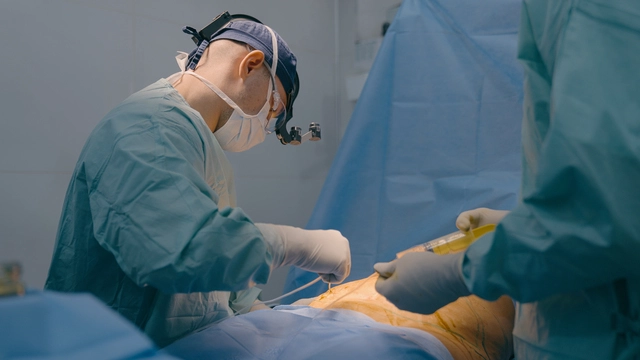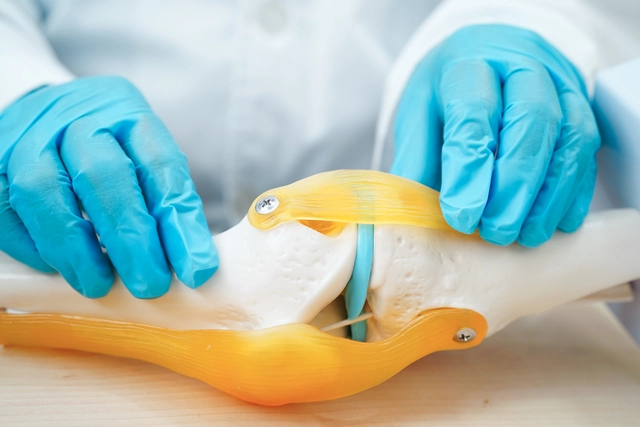Orthopaedic surgery is a specialised branch of medicine focused on diagnosing, treating, and preventing conditions related to the musculoskeletal system. This includes bones, joints, ligaments, tendons, muscles, and nerves. From repairing fractures to replacing joints, orthopaedic surgery plays a vital role in restoring mobility, reducing pain, and improving quality of life.
If you or a loved one are considering orthopaedic surgery, understanding the procedures, benefits, and recovery process can help you feel more confident and prepared.
What is Orthopaedic Surgery?
Orthopaedic surgery involves both surgical and non-surgical methods to treat conditions affecting the musculoskeletal system. While many orthopaedic problems can be managed with medications, physiotherapy, and lifestyle changes, surgery may be recommended when conservative treatments are no longer effective.
Common Conditions Treated with Orthopaedic Surgery
Orthopaedic surgeons treat a wide range of conditions, including:
- Fractures and dislocations
- Arthritis and joint degeneration
- Sports injuries (torn ligaments, cartilage damage)
- Spinal conditions (herniated discs, scoliosis)
- Congenital bone deformities
- Tendon and ligament tears
- Bone tumours
Common Orthopaedic Surgery Procedures
Orthopaedic surgery covers many different techniques and procedures depending on the condition and severity.
1. Joint Replacement Surgery
- Total Knee Replacement (TKR) and Total Hip Replacement (THR) are among the most common.
- Damaged or worn-out joint surfaces are replaced with artificial implants.
- Relieves pain and improves mobility for patients with severe arthritis.
2. Arthroscopy (Keyhole Surgery)
- Minimally invasive procedure using a small camera (arthroscope) to look inside joints.
- Used for diagnosing and repairing ligament tears, cartilage damage, or joint inflammation.
3. Fracture Repair
- Surgical fixation of broken bones using plates, screws, rods, or pins.
- Ensures proper alignment and faster healing.
4. Spinal Surgery
- Includes procedures like discectomy, spinal fusion, and laminectomy.
- Treats chronic back pain, nerve compression, and spinal instability.
5. Ligament and Tendon Repair
- Commonly performed for ACL (anterior cruciate ligament) tears in the knee or rotator cuff injuries in the shoulder.
- Restores joint stability and function.
6. Corrective Surgery for Deformities
- Corrects congenital or acquired bone deformities such as clubfoot or bow legs.
Benefits of Orthopaedic Surgery
Orthopaedic surgery offers significant benefits when conservative treatments fail to provide relief.
1. Pain Relief
- Procedures like joint replacement or ligament repair address the root cause of pain.
- Improves overall comfort and reduces dependence on pain medications.
2. Restored Mobility
- Helps patients regain the ability to walk, climb stairs, and participate in daily activities.
3. Improved Quality of Life
- Restoring movement and reducing discomfort allows for greater independence and better mental well-being.
4. Long-Term Results
- Many orthopaedic procedures, such as joint replacements, can last 15–20 years with proper care.
5. Minimally Invasive Options
- Techniques like arthroscopy result in smaller scars, quicker recovery, and fewer complications.
Recovery Guide After Orthopaedic Surgery
Recovery time depends on the type of surgery, overall health, and how closely you follow your rehabilitation plan.
1. Hospital Stay
- Some procedures are done as day surgeries, while others may require a few days of hospitalisation.
2. Pain Management
- Pain relief is provided through oral medications, injections, or nerve blocks.
3. Physiotherapy
- Early mobilisation is key to preventing stiffness and improving strength.
- Physiotherapy may begin within 24 hours after surgery for joint replacements.
4. Wound Care
- Keep surgical wounds clean and dry.
- Watch for redness, swelling, or unusual discharge.
5. Diet and Hydration
- Eat a balanced diet rich in protein, vitamins, and minerals to aid healing.
- Stay hydrated to promote tissue repair.
6. Gradual Return to Activities
- Avoid heavy lifting and high-impact activities until cleared by your surgeon.
- Full recovery for major procedures may take several months.
Conclusion
Orthopaedic surgery has helped millions of people overcome pain, regain movement, and return to an active lifestyle. Whether it’s a knee replacement, fracture repair, or spinal surgery, modern orthopaedic techniques are safer and more effective than ever before.
If you are struggling with joint pain, mobility issues, or bone injuries, consult an experienced orthopaedic surgeon. With the right diagnosis, treatment plan, and recovery support, you can look forward to a healthier, more mobile future.




